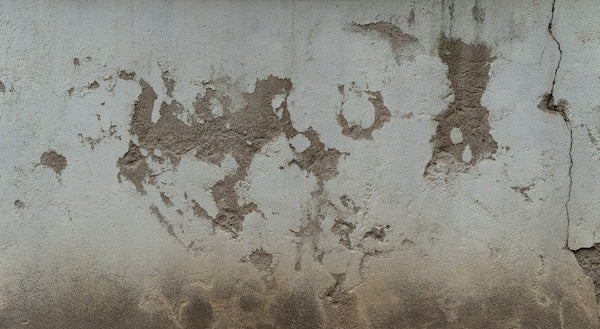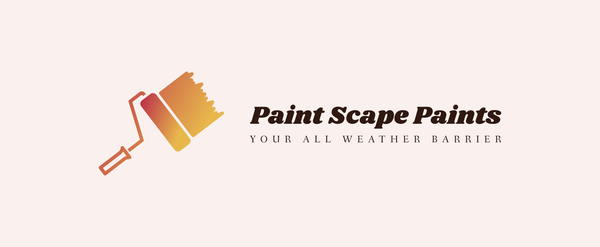
Understanding the 3 Types of Damp: Rising, Lateral, and Penetrating Damp
Share
Damp problems in a home can lead to serious structural damage, health concerns, and aesthetic issues like peeling paint and mould growth. If left untreated, damp can weaken walls, ruin finishes, and create an unhealthy living environment. Understanding the different types of damp—Rising Damp, Lateral Damp, and Penetrating Damp—is key to finding the right solution.
Let’s break down these three types of damp, their causes, and how to prevent them.
1. Rising Damp 🌊🏠
What is it?
Rising damp occurs when groundwater moves upward through walls and floors due to capillary action. This means moisture from the soil beneath a building is absorbed into porous materials like bricks and plaster.
Common Signs:
✅ Damp patches and staining starting at the base of walls
✅ Peeling paint or wallpaper
✅ White, powdery salt deposits (efflorescence)
✅ Swollen / damaged skirting boards
Causes:
A failed or missing damp-proof course (DPC) – the barrier designed to block moisture from rising
High ground levels allowing moisture to bridge the DPC
How to Fix It:
✔️ Install a chemical damp-proof course
✔️Correct the levels bridging the DPC. If not possible install a chemical DPC at the higher level
2. Lateral Damp ⬅️➡️💧
What is it?
Lateral damp, also known as horizontal damp, occurs when ground moisture seeps in from the side—often through split levels, underground walls or basements. Unlike rising damp, which moves upward, lateral damp spreads sideways.
Common Signs:
✅ Damp patches on walls, often near the base but not always
✅ Paint or plaster bubbling and deteriorating
✅ Swollen / damaged skirting boards
✅ White, powdery salt deposits (efflorescence)
Causes:
Poor waterproofing of below-ground structures (like basements)
Water buildup due to poor drainage
How to Fix It:
✔️ Apply waterproof membranes (positive side) or tanking systems (negative side) to walls
✔️ Improve drainage to prevent water collecting and pooling
3. Penetrating Damp 🌧️🛠️
What is it?
Penetrating damp is caused by water seeping through external walls, roofs, or ceilings. This happens due to leaks, cracks, or faulty construction materials. Unlike rising or lateral damp, penetrating damp can appear anywhere on a wall or ceiling, not just at ground level.
Common Signs:
✅ Damp patches that grow and darken after rain
✅ Paint or plaster bubbling and deteriorating
✅ Rotting timber (window frames, doors, and skirting boards)
✅ Dripping water or visible leaks inside the home
Causes:
Cracks in walls or damaged mortar
Leaking roofs, parapets, flashing details, gutters, or pipes
Poorly installed windows and doors
How to Fix It:
✔️ Repair leaks and cracks in walls, roofs, and pipes
✔️ Ensure gutters and downspouts are clear and functioning
✔️ Ensure horizontal surfaces are waterproofed
✔️ Ensure joins between windows frames, door frames and walls are sealed
✔️ Keep exterior surfaces in good repair, make sure your surfaces are painted / sealed where applicable
Damp issues can lead to costly repairs if ignored. Identifying whether you’re dealing with rising damp, lateral damp, or penetrating damp is the first step to tackling the problem effectively.
By addressing damp at the source, maintaining good drainage, using high-quality damp-proofing products, and addressing structural issues promptly, you can protect your home from damp-related damage and enjoy a healthier living space.
Got damp concerns? Don’t wait until it’s too late!
